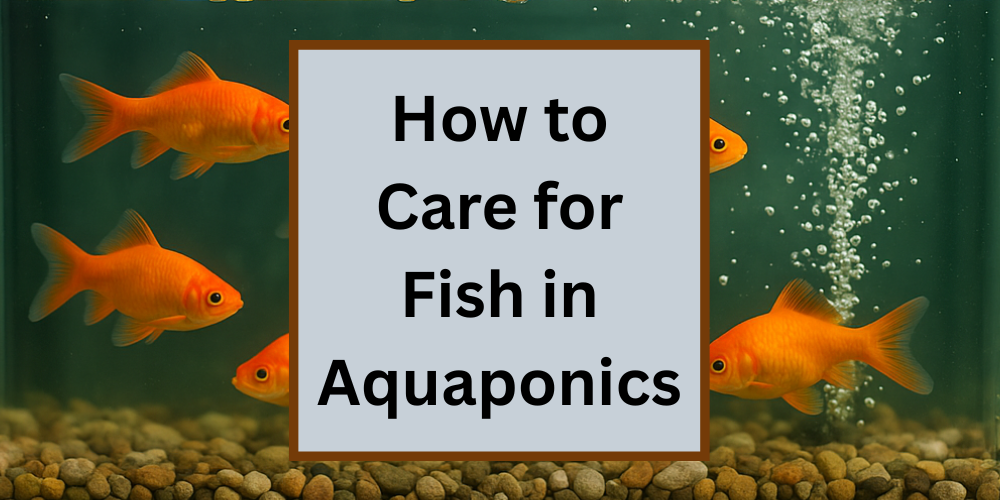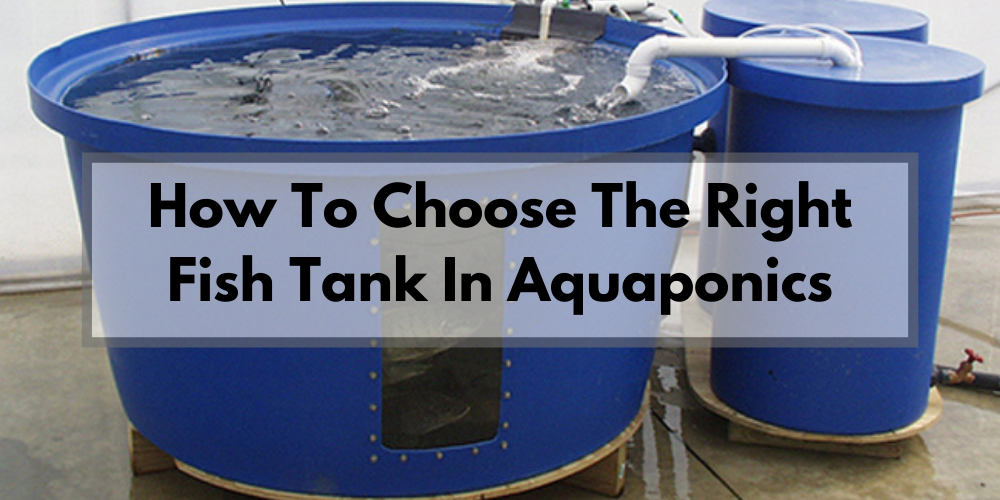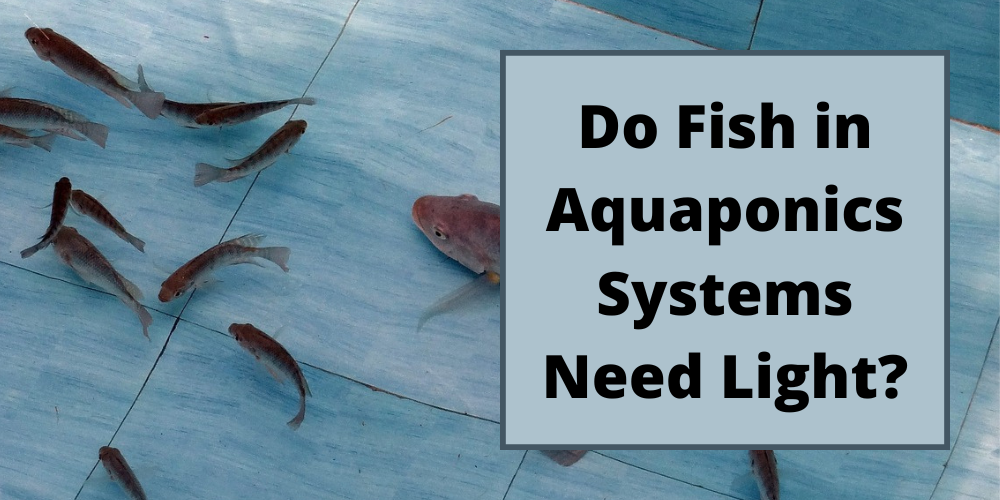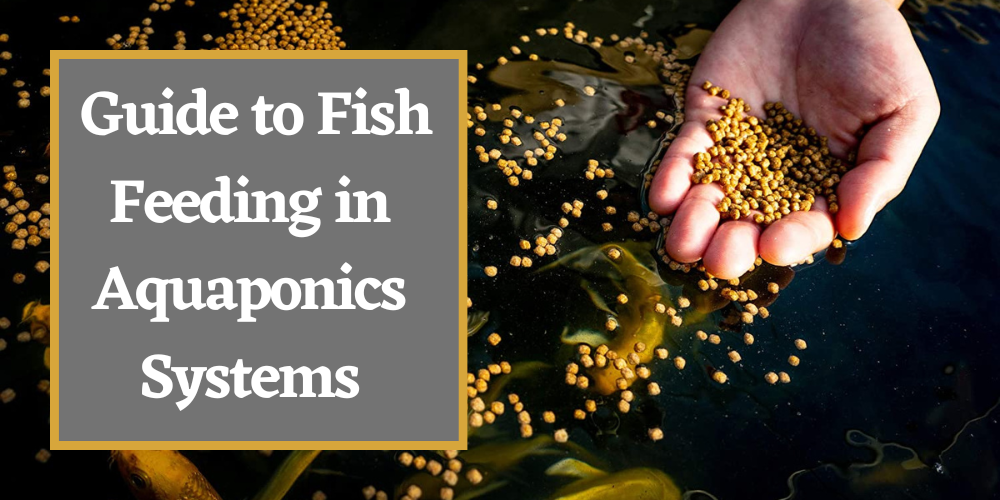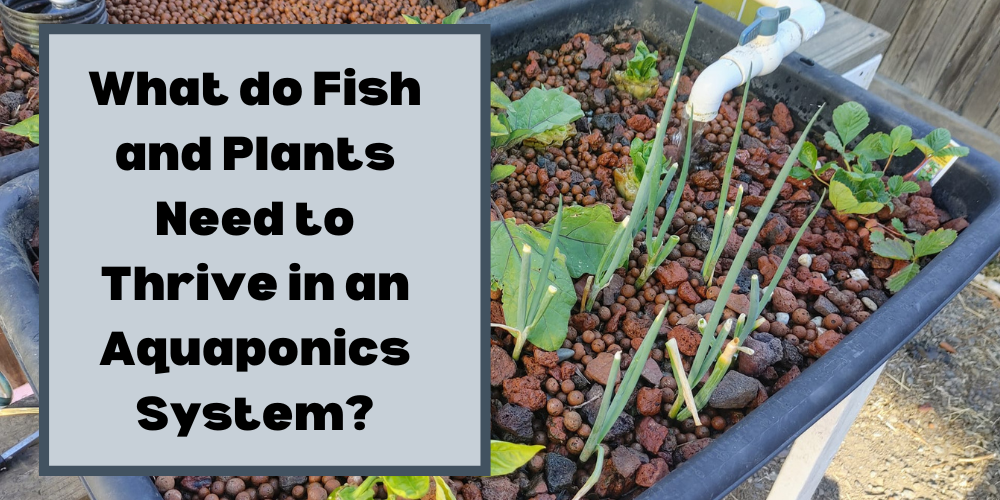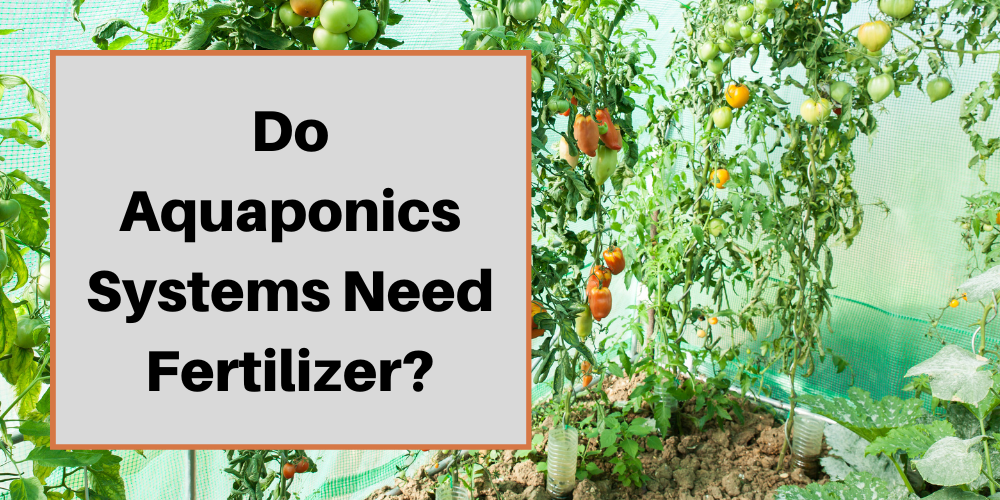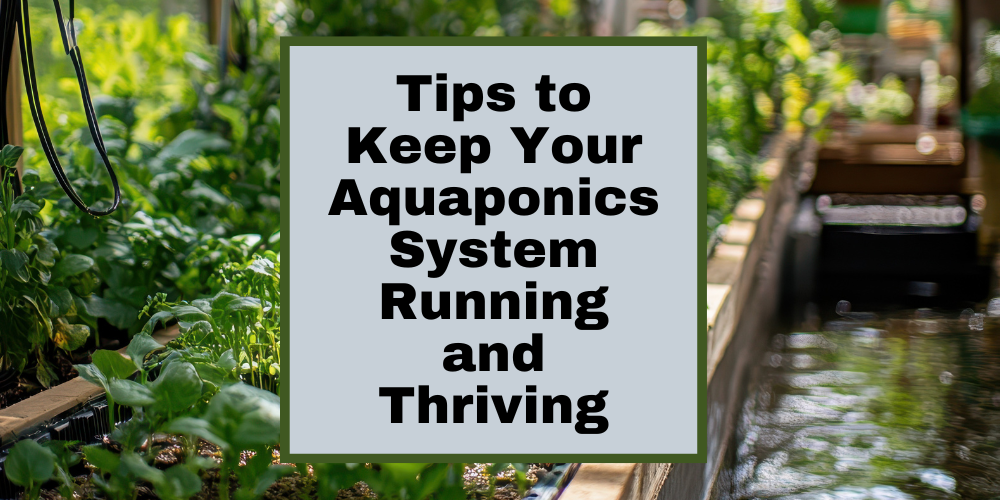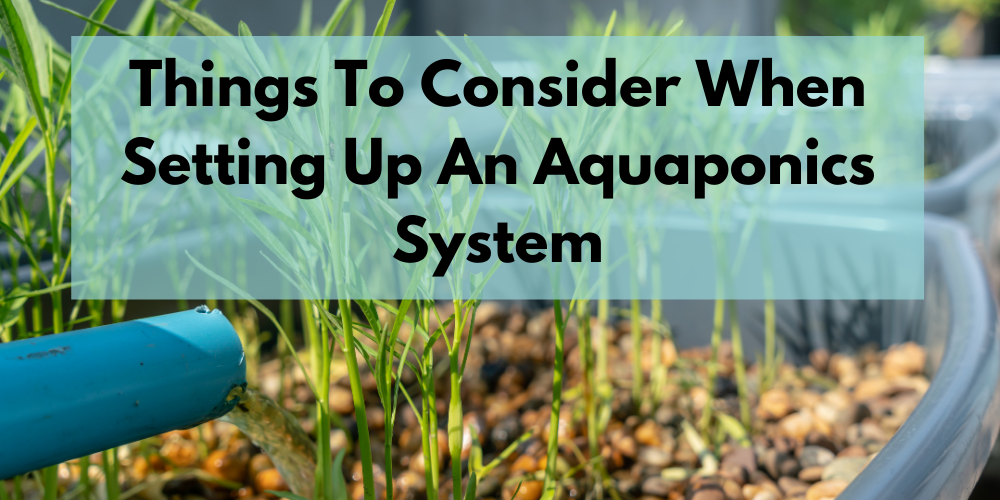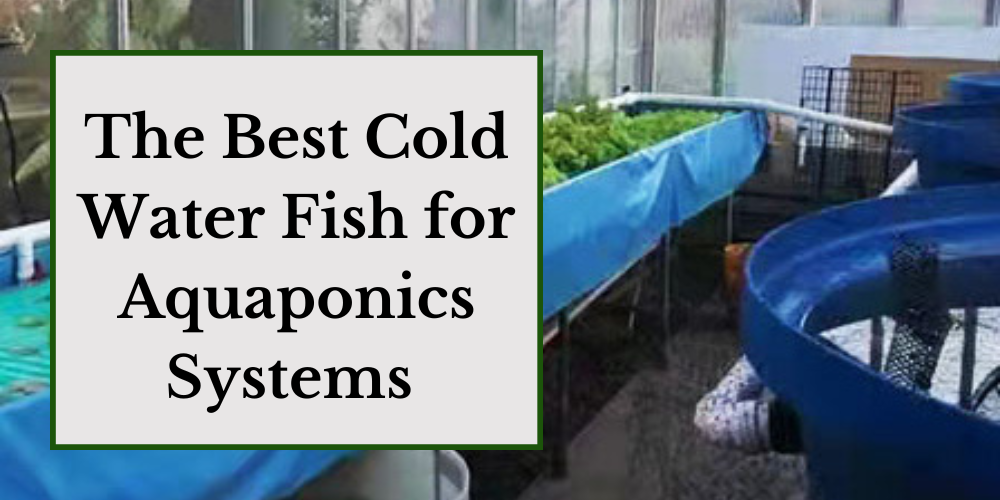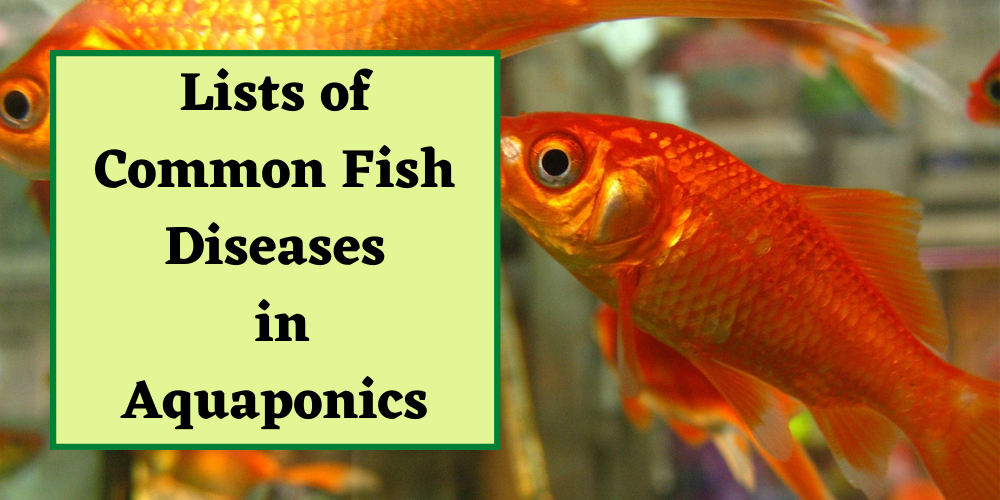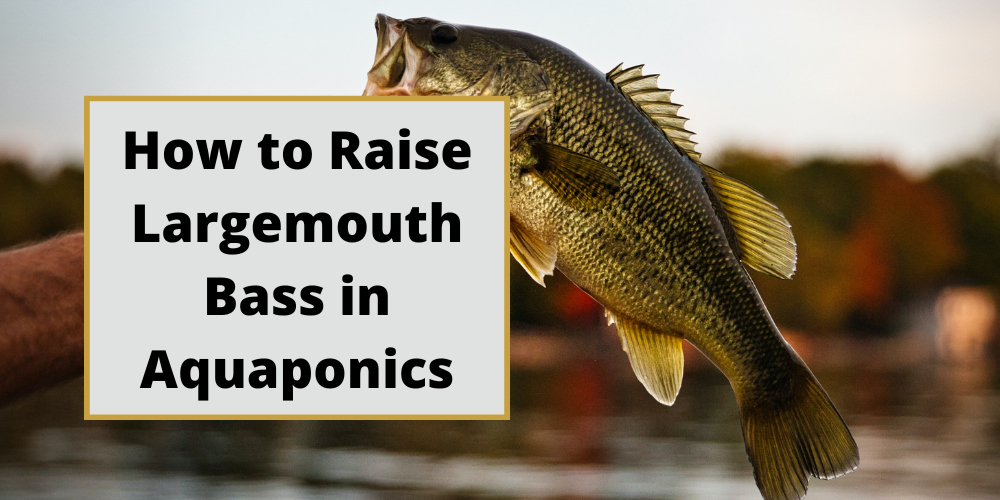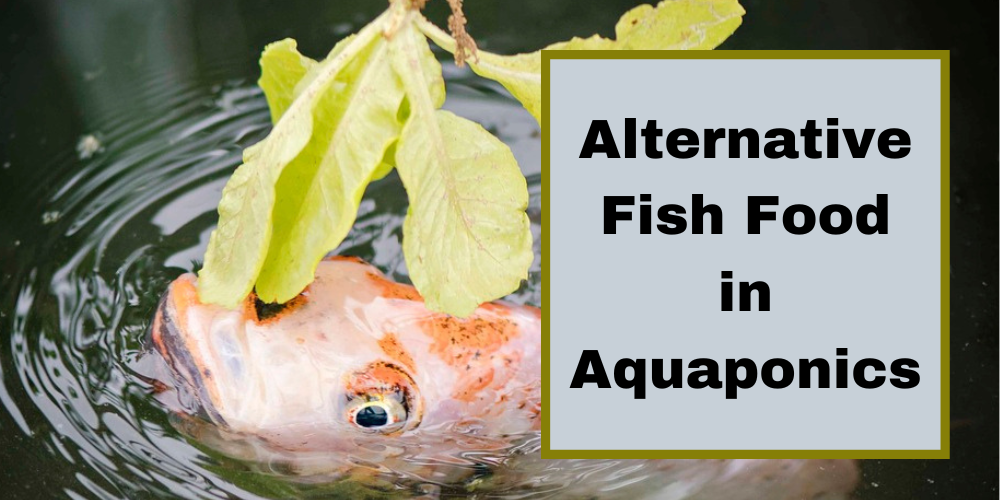Go Green Aquaponics Blog
Discover essential tips for successfully transitioning fingerlings into your aquaponic system. Learn about water quality management, acclimation techniques, feeding practices, disease prevention, and troubleshooting common issues to optimize the health and productivity of your fish and plants.
- December 11, 2025
Caring for fish is a vital part of maintaining a healthy aquaponics system. From choosing the right species to monitoring water quality, this guide covers the basics to help your fish thrive and keep your system balanced.
- December 11, 2025
Choosing the right water pump can make or break your aquaponics system. In this beginner-friendly guide, you'll learn exactly how a pump supports healthy plants and fish, what features to look for, and how to avoid the most common mistakes.
- December 11, 2025
Discover the benefits of aquaponics, a sustainable farming method that combines raising fish and growing plants without soil. Learn how to set up your own system, the advantages it offers, and practical applications for home gardens, commercial farms, and educational projects. Perfect for anyone interested in sustainable food production and urban farming.
- December 11, 2025
Choosing the right fish tank for aquaponics is key to a thriving system. From IBC totes to fiberglass tanks, the right size, material, and design impact fish health and plant growth. Explore the best options and expert tips to build a successful aquaponics setup!
.
- December 11, 2025
While plants in aquaponics rely on light for growth, fish have different needs. Do they require light for health, activity, or breeding? In this blog, we explore how fish respond to light, its impact on water quality, and common myths. Plus, we share best practices for maintaining a balanced light cycle to keep your aquaponics system thriving.
- December 11, 2025
Fish feeding is essential for maintaining a healthy, thriving aquaponics system. Proper feeding supports fish growth, ensures nutrient-rich waste for plants, and keeps the system balanced. This guide covers best practices, feed selection, and sustainable tips to optimize your aquaponic setup.
- December 11, 2025
Discover the wonders of organic aquaponics gardening! Learn how to cultivate a thriving ecosystem, from balancing fish and plant ratios to enjoying delicious homegrown produce. Dive into sustainable practices and share the abundance with friends and family. Start your journey towards sustainable living today
- December 11, 2025
Discover the best fish for desktop aquaponics systems in this blog. Learn tips for setup, maintenance, and creating a balanced ecosystem that thrives in small spaces.
- December 11, 2025
Learn how to create a thriving aquaponics system by balancing the needs of fish and plants. Explore essential requirements, troubleshooting tips, and best practices for water quality, fish health, and plant growth in this comprehensive guide.
- December 11, 2025
Learn how to maintain nutrient balance in your aquaponics system. Discover best practices for feeding, monitoring, and system design to ensure healthy plants and thriving fish without the need for traditional fertilizers.
- December 11, 2025
Discover essential tips for maintaining a healthy aquaponics system with our comprehensive guide. Learn how to monitor and manage your system effectively, balance fish and plant populations, control water temperature, ensure proper oxygenation, and troubleshoot common issues. Keep your aquaponics setup thriving with practical advice and expert insights.
- December 11, 2025
Learn how to set up and maintain a thriving aquaponics system with our comprehensive guide. Discover tips on choosing the right fish and plants, balancing your ecosystem, troubleshooting common issues, and ensuring long-term success. Perfect for beginners and enthusiasts alike!
- December 11, 2025
Discover the best cold-water fish for aquaponics systems. Learn about trout, salmon, perch, and goldfish, their benefits, and key considerations for choosing the right species to optimize your sustainable farming setup.
- December 11, 2025
Within an aquaponics system is a delicate ecosystem composed of fish, bacteria, and plants. For everything to work perfectly, each part of the system must be balanced and healthy. Fish are required to be healthy to produce ammonia that is converted by the bacteria into nutrients for the plants.
- December 11, 2025
Discover effective strategies for identifying, preventing, and remedying odors in aquaponics systems. Learn how to maintain a clean and thriving ecosystem for fish and plants with our blog.
- December 11, 2025
Explore the world of largemouth bass aquaponics—a sustainable and efficient farming method. Learn the advantages and challenges of raising largemouth bass in aquaponics systems. Dive into our guide for insights into setting up, maintaining, and harvesting from a largemouth bass aquaponics system."
- December 11, 2025
Explore sustainable aquaponics by using alternative fish food. Discover the cost-effective and environmentally friendly options for enhancing fish health and reducing reliance on commercial fish food.
- December 11, 2025




